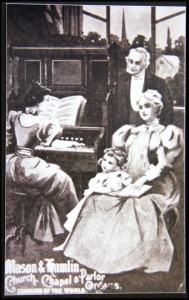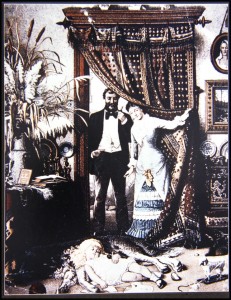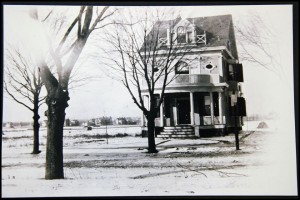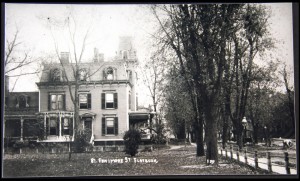 By the end of the 19th Century, factories rather than farms became the dominant mode of production in the United States. As the industrializing city became more congested and polluted, the notion of the single-family house as haven from the pressures of city life, apart from offices and factories, and as a place for the family to gather became increasingly popular. For middle-class New Yorkers, the protected environment of the family home gained the status of a cultural ideal. This led to a demand for new living spaces, transforming areas such as Flatbush from fields and farming villages to suburban residential developments.
By the end of the 19th Century, factories rather than farms became the dominant mode of production in the United States. As the industrializing city became more congested and polluted, the notion of the single-family house as haven from the pressures of city life, apart from offices and factories, and as a place for the family to gather became increasingly popular. For middle-class New Yorkers, the protected environment of the family home gained the status of a cultural ideal. This led to a demand for new living spaces, transforming areas such as Flatbush from fields and farming villages to suburban residential developments.

Illustration of the Ideal Victorian Family Home Life
(From Katherine C. Grier, Culture and Comfort: People, Parlors, and Upholstery, 1850-1930)

Idealized Parlor Scene
(Title page illustration from Catherine Beecher and Harriet Beecher Stowe, The American Woman’s Home: or Principles of Domestic Science)

House In Flabush, C. 1900
(Brooklyn Historical Society)

Late Victorian Home at 81 Fenimore St., Predating Lefferts Manor Development
